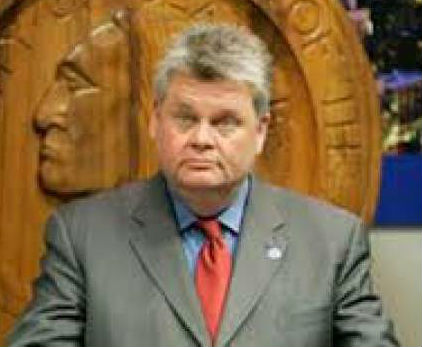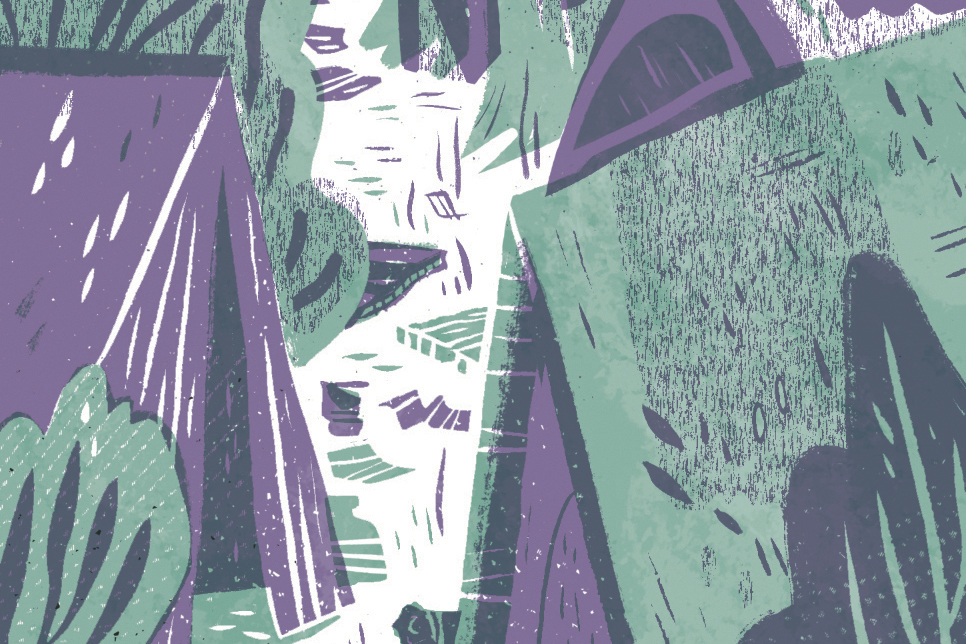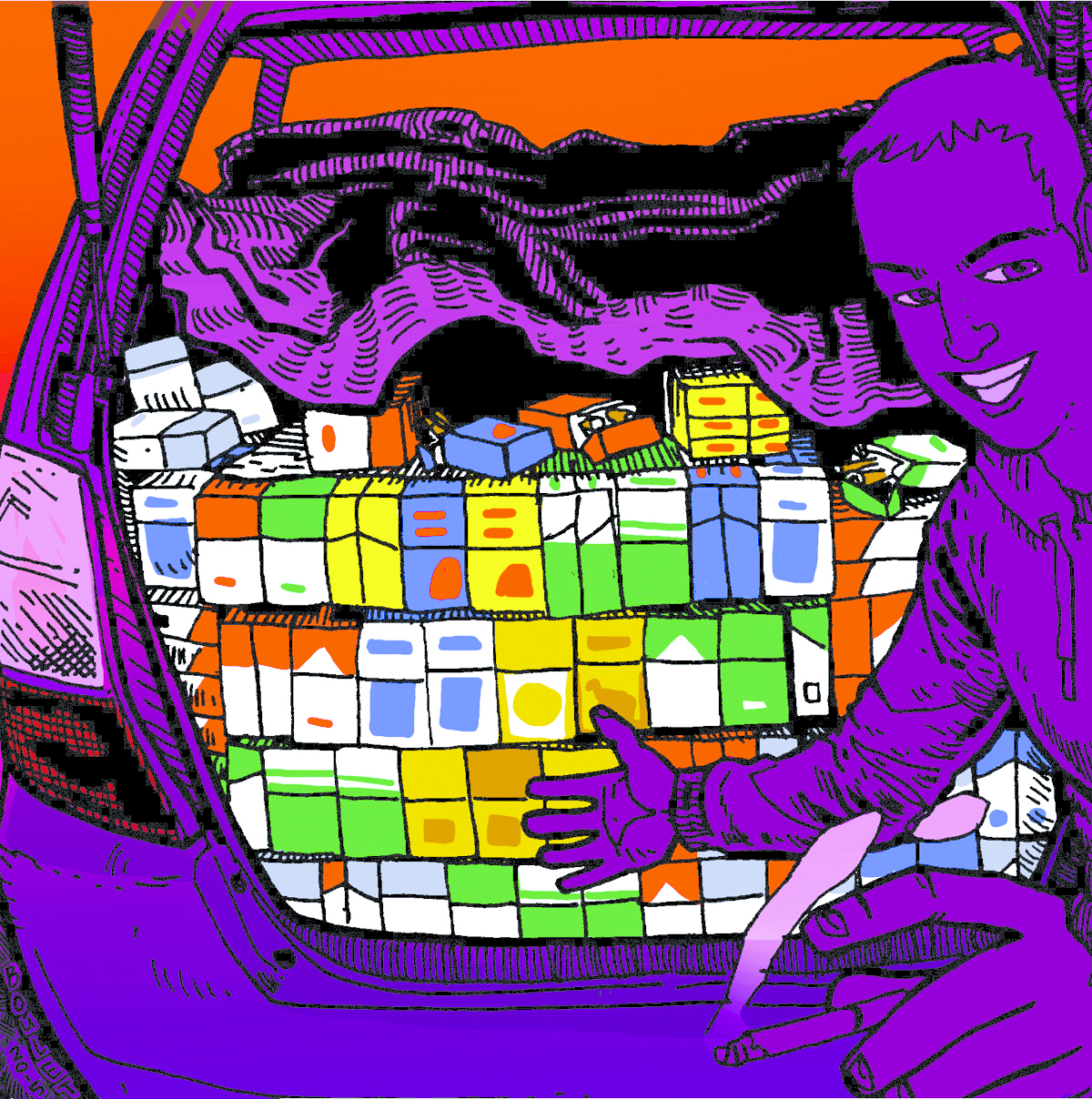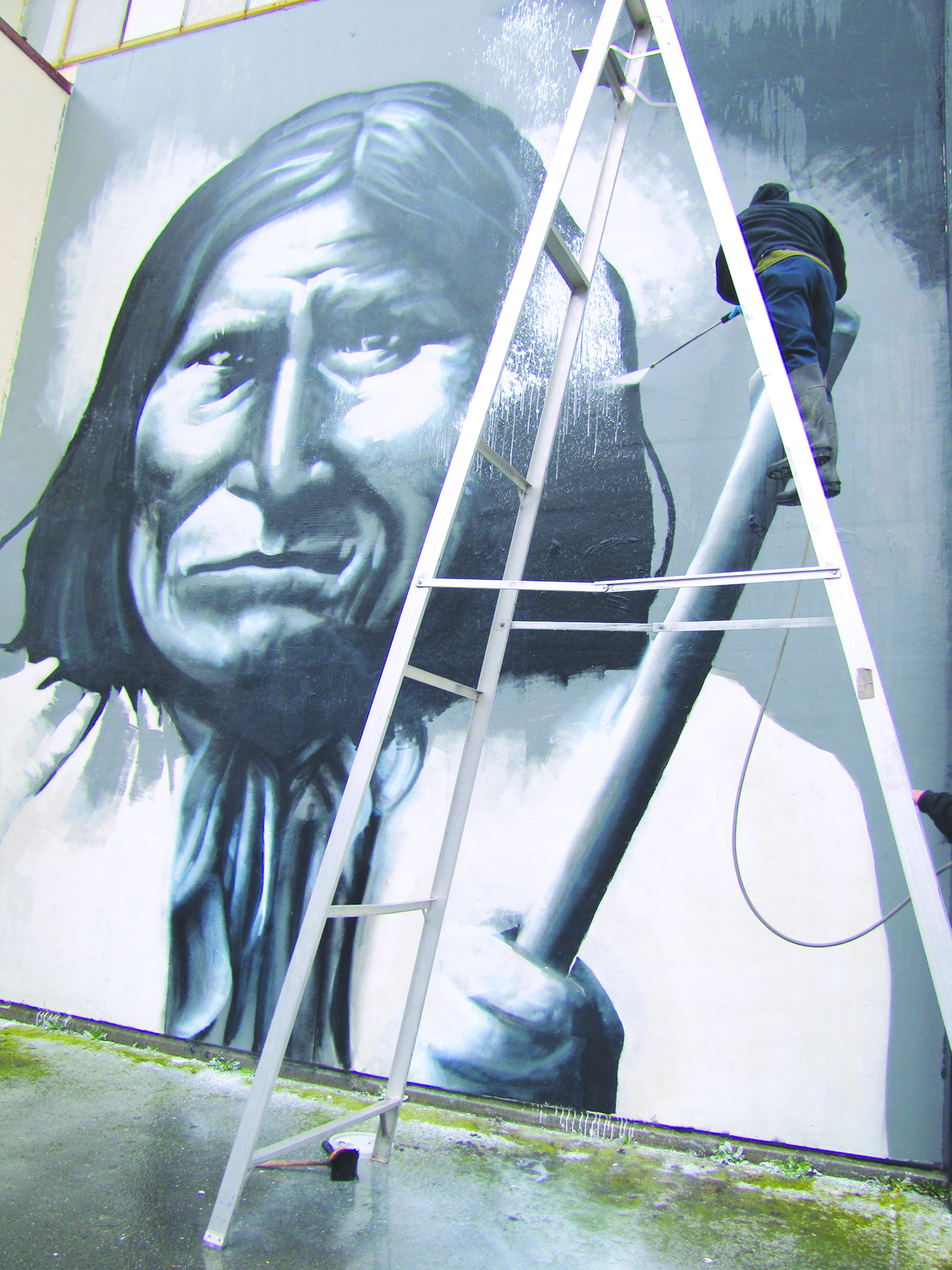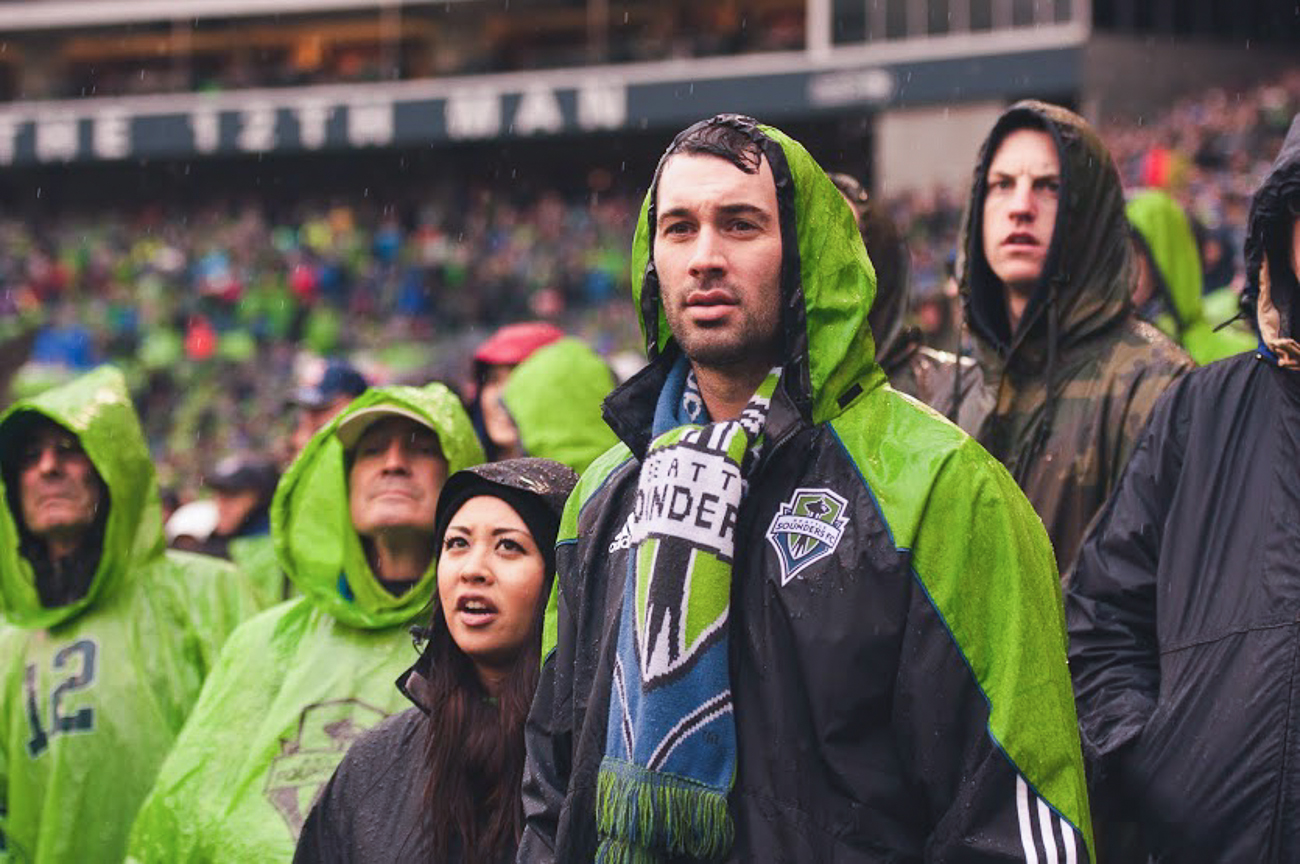As those following Greg Nickels on Facebook know, the former mayor of Seattle is down a spleen, 30-percent of his pancreas and a “small section” of his stomach – but he’s in good spirits.
Nickels took to Facebook this morning to discuss a recent medical scare that started with kidney stones but quickly developed into something far more frightening – the discovery of two neuroendocrine tumors.
Discussing the months-long ordeal publicly for the first time, Nickels gave an enlightening (if not slightly exhausting) rundown on Facebook of the medical trials and tribulations he and his wife Sharon have endured this year. If the thought of a 58-year-old former mayor with all sorts of tubes sticking out of him doesn’t give you the heebie-jeebies, there are sections from Nickels’ detailed account below.
Nickels writes:
Early this year I went into see my health care provider — Group Health Cooperative of Puget Sound — because I had blood in my urine. Normally if this is accompanied by (extreme) back or flank pain it a sign of kidney stones (something I had in 1997). Because I had no pain this was of concern to my health care provider. She ordered an ultrasound and a CT scan.
Sometime between the ultrasound and CT scan I began to feel pain (hooray). About the same time I began to produce kidney stones, at one point I felt like a semi-automatic pistol (also I had an interesting experience with a camera examining my bladder, which is inserted…well let’s just say inserted…)!
When the CT scan came back it showed, to no one’s surprise, kidney stones. It also showed, a bit surprisingly, a cyst on my pancreas.
Following this discovery, I had an endoscopic ultrasound, which is a lot like a colonoscopy, but inserted at the other end (and without the unpleasant prep). Since the pancreas sits right behind the stomach this gives a good image of the pancreas. The next surprise was they found two lesions, one was the cyst they expected and the other a tumor. They also extended a needle to get cell samples. Now if “pancreatic cyst” gets your attention, the phrase “neuroendocrine tumor on the pancreas” is almost mesmerizing! The Doc recommended surgery to remove the tumor and cyst.
Being naturally curious I, of course, began researching this condition on the internet. I discovered this was not the nearly always-fatal pancreatic cancer. It is much rarer than the more lethal version with only 2,000 — 2,500 cases a year in the US. Also learned that, if discovered early and removed promptly (surgically) there is a 50 – 80% chance for long-term survival. I agreed to the surgery immediately.
Another CT scan confirmed the cyst and a slow growing (low-grade) tumor. The Doc tells us the overall prognosis is very good after it is resected (cut out), and I should be back to my “typical routine” (whatever that might be) after recovery (I figured a week or two).
At this point the surgery was scheduled to be done at Virginia Mason. The Nickels arrived March 24:
I am told the surgery lasted about five hours. Gone was my spleen (planned), 30% of my pancreas (planned) and a small section of my stomach (surprise).
When I woke some hours later I was in the surgical intensive care unit. I stayed overnight and don’t remember much. Over time I became aware that there was a tube in my left nostril and a drainage tube coming out of the left side of my abdomen, I was on oxygen and had an IV keeping me hydrated and managing my pain. I stayed in this unit until Tuesday evening when I was transferred to a hospital room. I was taught how to bump my pain medication (up to every eight minutes), I got to practice this quite a bit for the first couple of days. I was not shown how to relieve myself and this led to an issue once when I tried to get up at night to use the bathroom.
As you probably always suspected, it turns out Nickels’ splean was “of good size.”
I learned they removed two neuroendocrine tumors (the cyst turned out to have a tumor imbedded in it). Apparently my spleen was of good size and the Doc likes to show me the incision where he inserted his hand to pull it out. The remaining pancreas should function fine. I will get vaccinations every five years to compensate for the loss of the spleen (essentially a large lymph node).
I was sent home the Sunday following surgery.
Nickels wasn’t out of the woods yet:
One of the immediate byproducts of pancreatic surgery is that the remaining pancreas leaks. It is not muscle so they can’t sew it shut but instead basically wait for it to heal (scar) over. Pancreas juice is digestive juice and left in the abdomen will digest other organs which is not a good thing. To deal with this they insert a tube and drain the fluid to a bag outside the body. I went home with the drain tube still in place. I came back to VM each week for a CT scan, a tube check (or replacement) and talk with my surgical team.
There are many complications from major surgery and these are dealt with as they emerge as part of the recovery process. My drain tube did not function immediately following surgery and we later learned this resulted in the pancreas juice eating a small hole in my colon (something did). Apparently fluid from the colon caused an infection in my abdomen (something did). The pancreas finally did heal and stopped leaking but the tube remained to drain the infection. The colon also heals itself over time. The infection is treated with antibiotics, in my case I infused a dose of antibiotic every 8 hours through an IV deep in my upper arm called a PICC. Sharon enjoyed playing “The Happy Song” for me during these 15-minute interludes. I have mixed feelings about that song.
The drainage tube was finally removed May 15. Though we had become quite attached I don’t miss it. In fact I feel “oddly detached” and very happy it is gone. With the removal of the tube and the end of the intense antibiotic treatment I am now “fully recovered”. I feel great and I can check “major surgery” off my bucket list!
Apart from these serious but treatable complications, my prognosis is very positive. They caught it early (it had not spread to the lymph nodes). No radiation or chemo is necessary. I am very lucky and very thankful to Sharon for all she has done to get me through this and to all of you who expressed your support (even bringing meals!).
The moral of the story? 1) Sharon is a saint. 2) Sometimes a kidney stone can be a man’s best friend. 3) Oh, and affordable quality health care is really very, very important!
Here’s wishing Nickels a speedy recovery!
